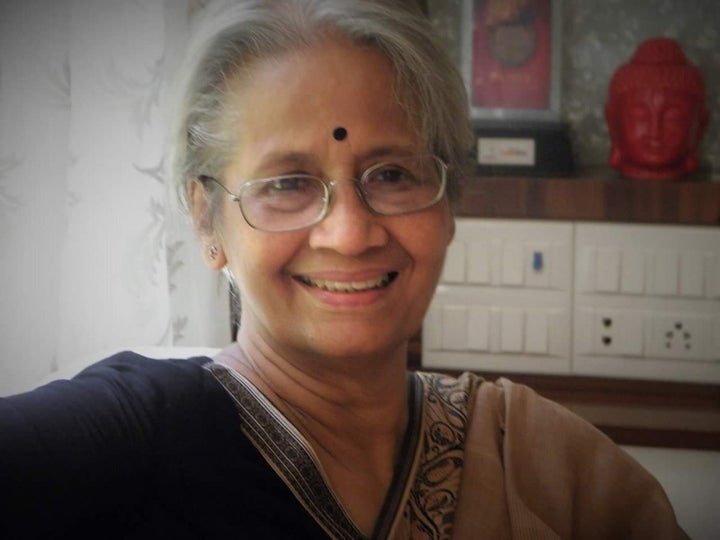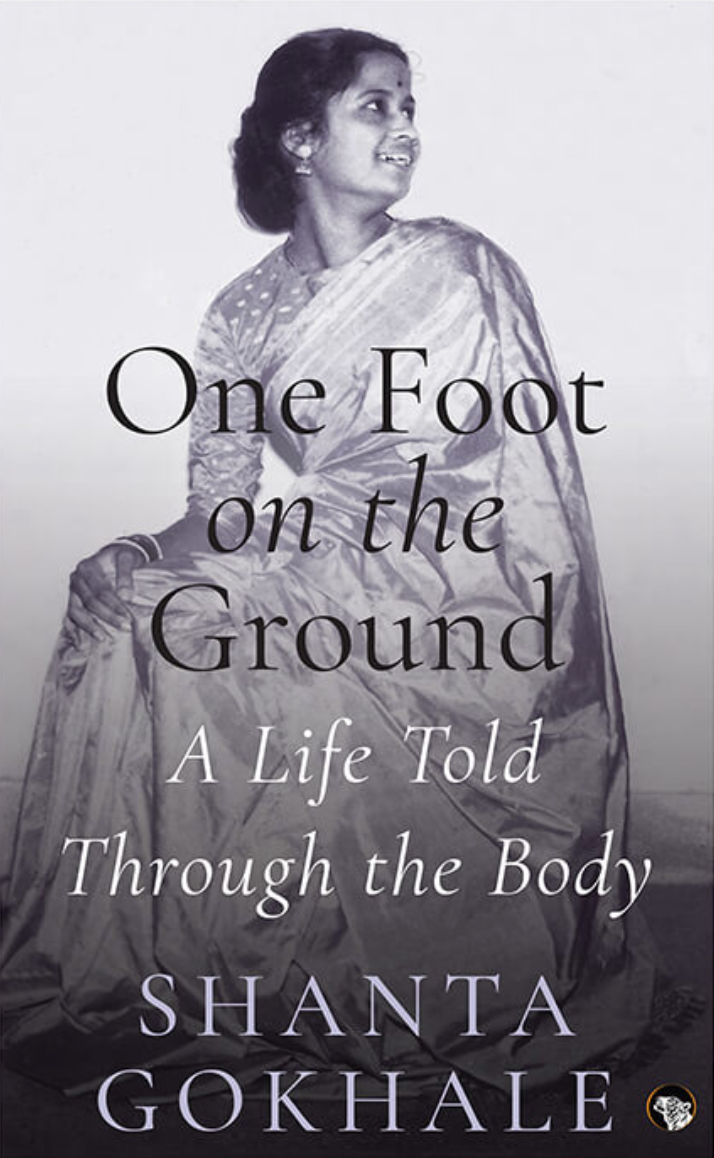
Nirmal and I were born dark-skinned. In Maharashtra you were either fair or dark or wheat-coloured. Fair was best, wheat was acceptable, dark was sad. Arvind Terdalkar, my badminton mate from the Municipal Club, had once asked me to choose a sari for his sister. It was going to be his Bhau Beej gift to her. Not having met his sister, and men not being observant of their women relatives’ tastes in dress, I had no clue what to look for. I fingered the pile of saris that the shop assistant of my favourite sari shop had thrown on the counter with, what I hoped, looked like an expert touch. The shop was owned by a Gujarati but the counter assistants were all Marathi. Marathis are clerks and poets, playwrights and actors, singers and sermonizers and, in their very heart of hearts, warriors, descendants of the great Shivaji, ready to pull out imaginary swords to lay low anybody who dared breathe a word that suggested the warrior-king was after all a human being, not a god. What they were not, if they could help it, were persuasive sellers of goods. Novelist-playwright Shyam Manohar, who lives in Pune, told me in the course of an interview for my book on Marathi drama, that he once went to a shop in Pune to get a refill for his ball-point pen. The shopkeeper offered him one which didn’t work. When he asked for another, the shopkeeper said, ‘You just have to hold this one against a flame for a moment. That’ll make it flow.’ In short, if you were paying for goods, it was your responsibility to make them work.
For the latest news and more, follow HuffPost India on Twitter, Facebook, and subscribe to our newsletter.
The shop assistant showing us saris in my favourite sari shop belonged to this tribe. At one point he began sweeping all the saris off the counter and suggested we try the nextdoor shop. Then, in the brusque way that comes naturally to Marathis, he relented and said, ‘What is her skin colour?’ With the greatest delicacy Aru said, ‘She’s wheat-coloured.’ The man looked suspiciously at him and said, pointing to me, ‘You mean like that?’ Aru nodded uncertainly. ‘Then that’s called dark.’ The shopkeeper then proceeded to fold up all the brightcoloured saris, leaving behind the dull, pastel shades. ‘Anyone of these will suit her,’ he said, his nose very much in the air.
Mother had grown up in a joint family full of fair to wheatish women who shared the shop assistant’s sense of colour coding. My grandfather, as dark-skinned as they come, would bring back from his business trips vari-coloured saris and sometimes khanns—those jewel-coloured woven blouse pieces with broad borders in contrasting colours that came from Dharwad and Hubli. The seniormost aunt had the right to open the bundle and distribute the contents according to age and skin colour. The brightest and best went to Mother’s aunts and cousins. Mother got self-effacing shades that, she was told, would bring a glow to her skin. When Nirmal and I came along, she took revenge on her aunts, many long since dead and gone. She dressed us in vibrant shades of red, yellow, blue and green, and parkar-polkas (traditional long skirts and blouses) made from Dharwad khanns, against the aesthetic judgement of the solidly middle-class Shivaji Park neighbourhood. Across the road from our house, dark-skinned women from Andhra worked on construction sites wearing shocking pink and flaming orange saris with beaded blouses in contrasting colours. Look at them Mother said. How beautiful they look.
Shivaji Park was not convinced. But we were awarded Maharashtra’s favourite consolation prize for being the wrong colour: we were ‘dark but smart’. That phrase has been one of the two most frequently used currencies in the Marathi marriage market, the other being, ‘dark but sharp-featured’. In the old days, the Indian Railways used to have four classes of carriage: first, second, intermediate and third. If one were to classify women according to those categories, the ‘dark but smart’ would be the intermediate class; the fair would be the unquestioned first; and the wheat-coloured the second. Wheatcoloured was never further analyzed according to species of wheat between which, if observed closely, Khandwa was a shade lighter than Punjab Pisi.
On the Municipal Employees’ Club badminton court, Vijay Joshi, who had preceded me to the UK, was always told with some envy and a lot of admiration that he looked like an Englishman. He didn’t ask which kind: pasty, lobster or cream. All set to be part of the general English colour scene, Vijay was shocked when he was asked there if he came from southern Italy. In Italy, where I went on my second summer holiday, I was asked repeatedly if the Indian sun had made me brown. ‘Molto sole,’ they said, nodding wisely. At Bristol, Mary Barwell once asked me if I was pink inside. ‘Inside?’ I asked, wondering if she meant all the way in, like my stomach and intestines and all of that. If so I would not know because I’d never seen myself inside out. ‘No no,’ she said answering the question in my eyes. ‘I mean where your clothes cover you. Where the sun doesn’t get to you.’ Mary was pure Anglo-Saxon, pink inside and out. To her mind, I had to be at least a caramelized Anglo-Saxon. ‘No,’ I answered kindly. ‘I’m evenly dark, inside and out. I can live in the Arctic all my life and still be this colour.’

Excerpted with permission from One Foot On The Ground: A Life Told Through The Body, Shanta Gokhale, Speaking Tiger.